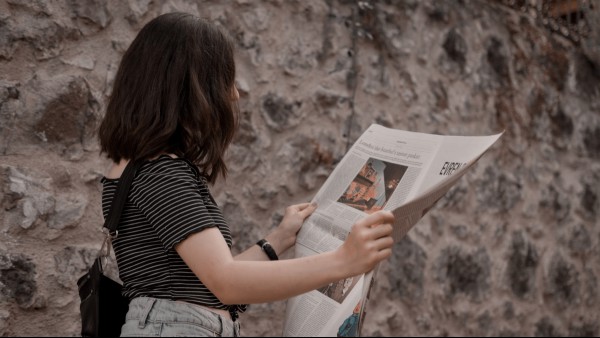When you’re just starting out on your Italian journey, it can be a little dispiriting to learn that the most common verbs are almost all irregular. This includes the Italian auxiliary verbs essere (“to be”) and avere (“to have”), which are used alongside other verbs to indicate the tense.
In addition to having to memorize their irregular forms, you also have to remember when to use essere versus another auxiliary verb.
Italian teacher Mariacristina says, “I find that one of the most painful points of learning Italian [for] students is the correct auxiliary to use in complex verbs.”
To help her students remember the verbs that need the auxiliary essere, Mariacristina gives them four simple rules.
Complex verbs that go with essere include those that describe:
- Movement
- Change
- State
- Reflection





